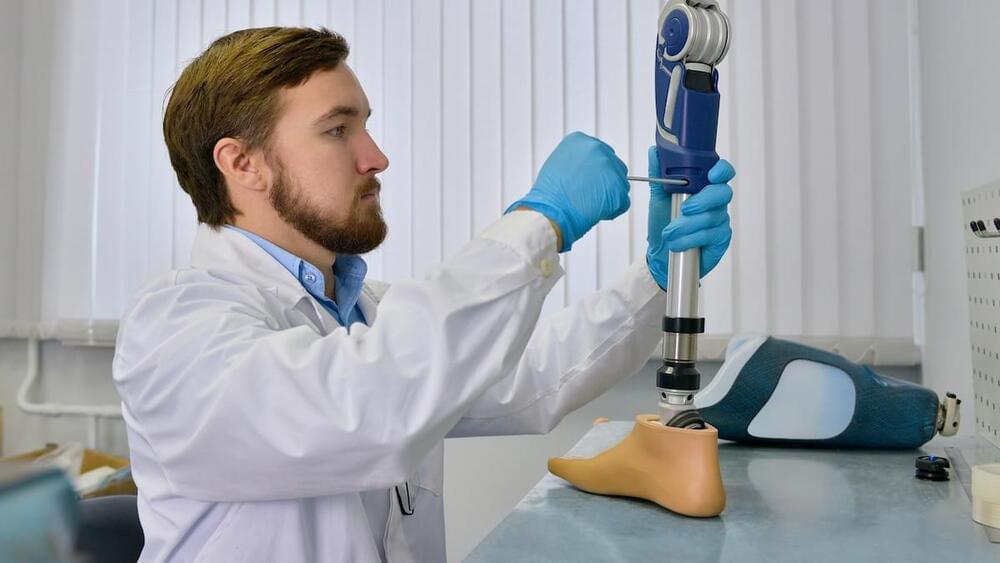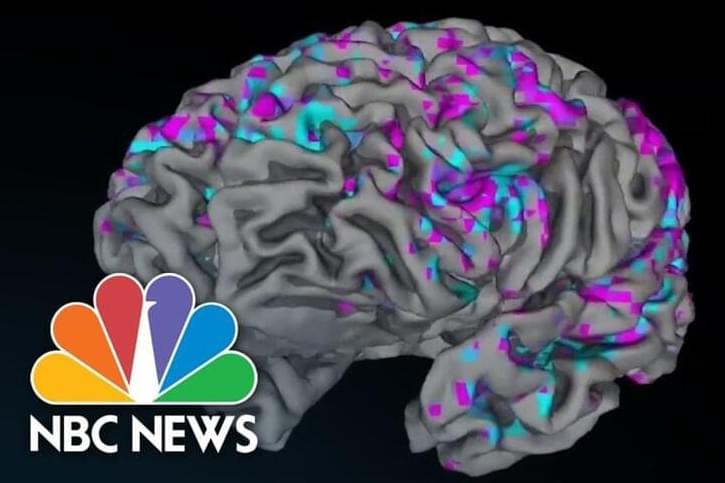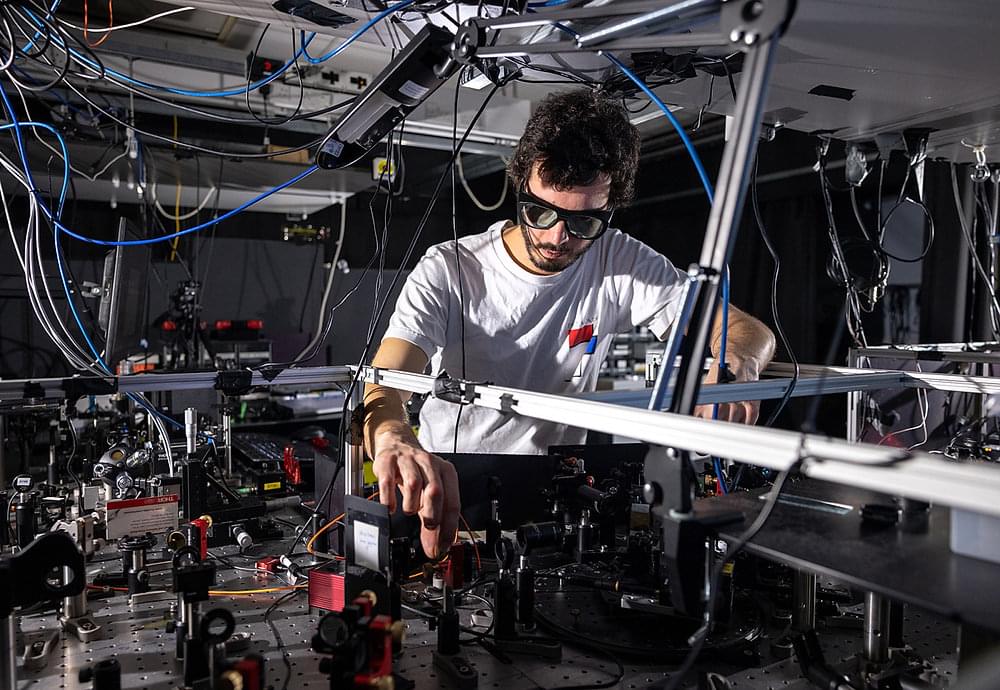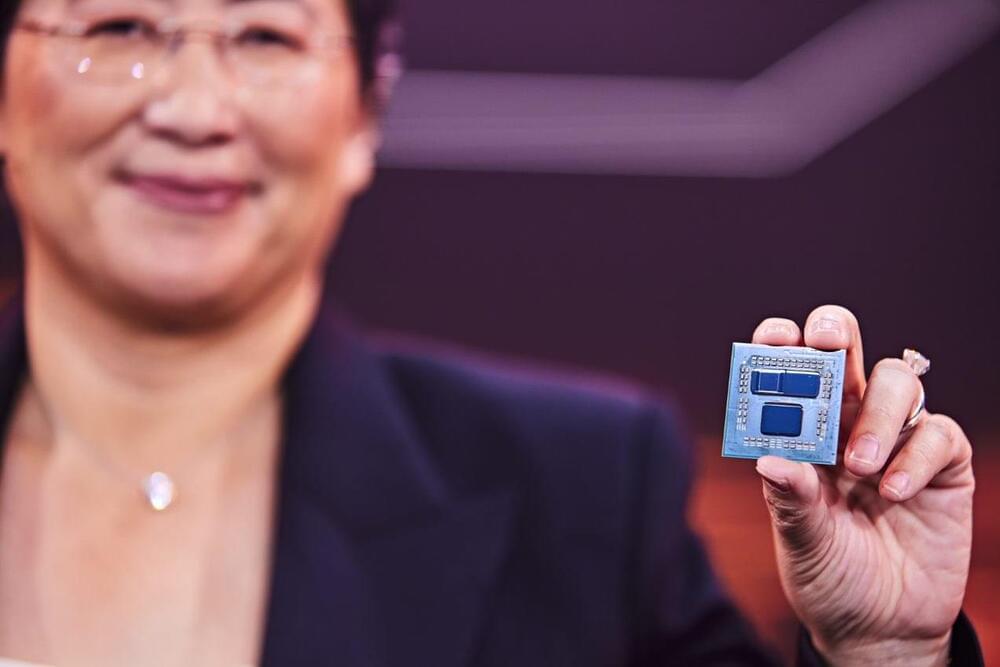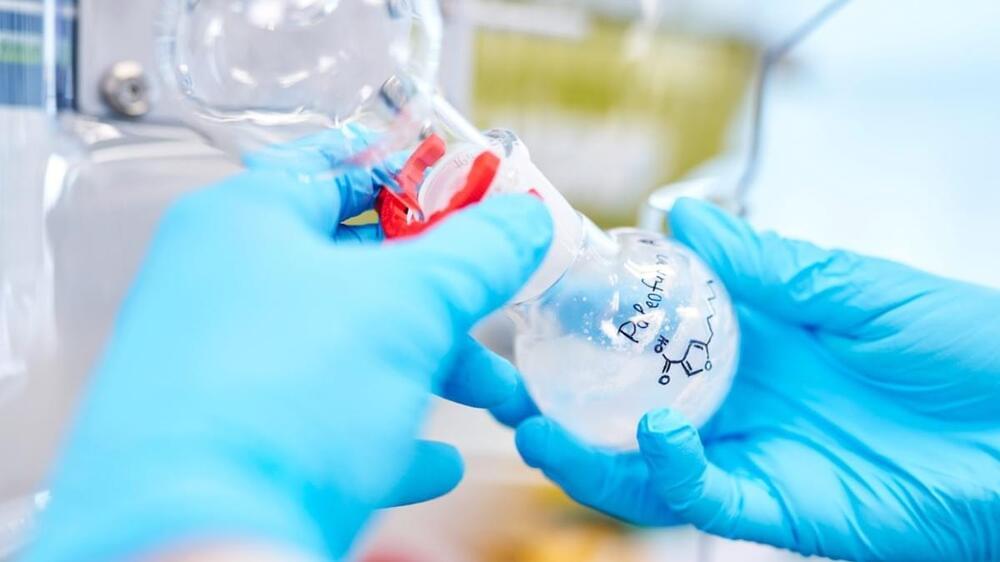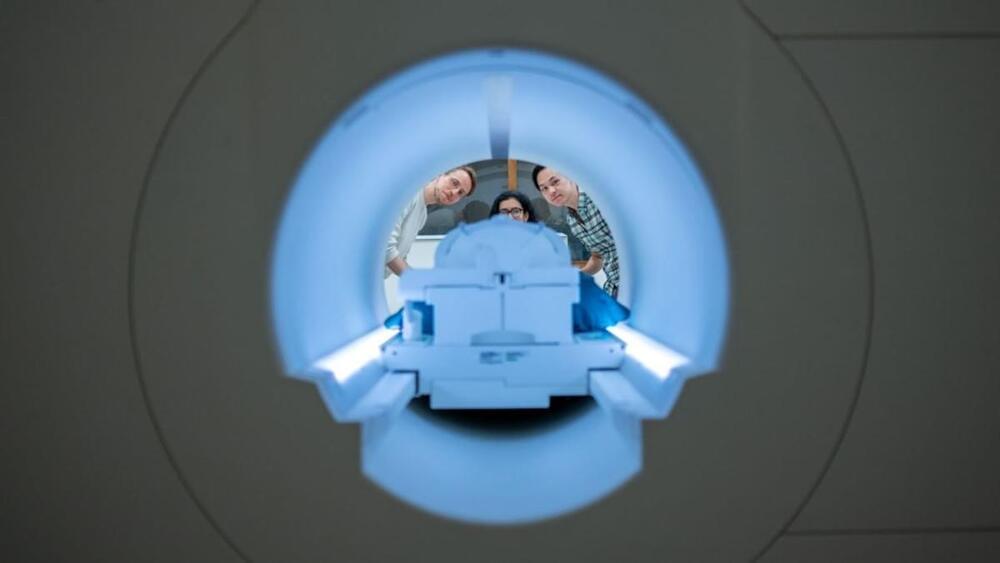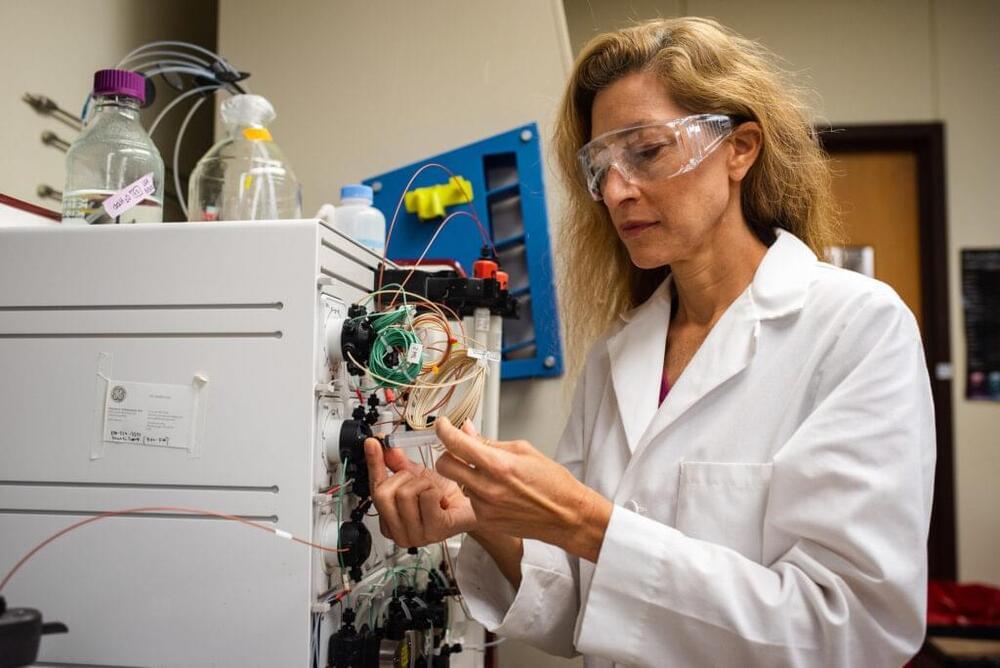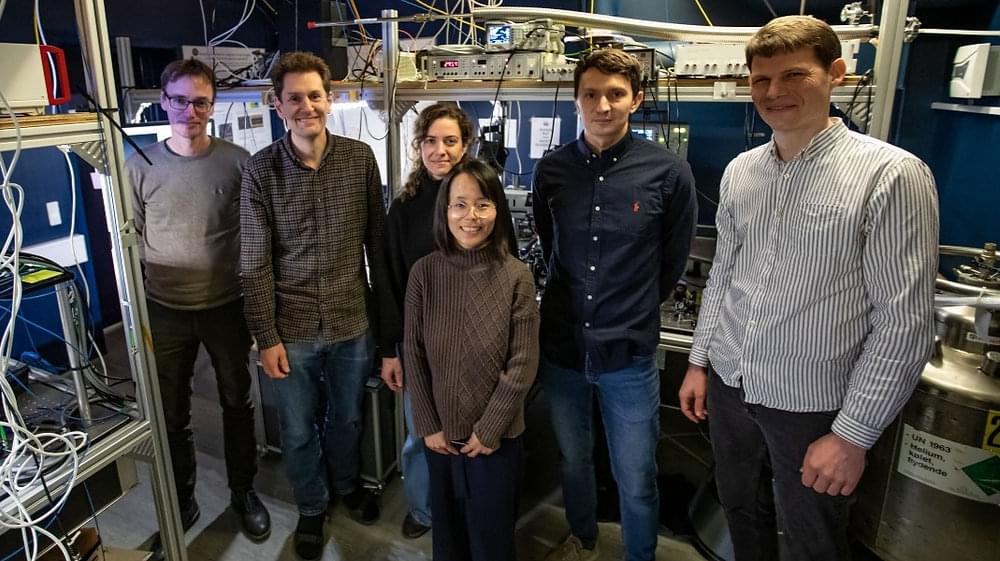As the world strives to ensure everyone has access to their fundamental human rights, technology is a crucial innovator for making lives better.
Category: innovation – Page 95
Scientists at UT Austin conducted a study where they created a 3D view of a person’s mind and used artificial intelligence to decode brain activity into dialogue.
» Subscribe to NBC News: http://nbcnews.to/SubscribeToNBC
» Watch more NBC video: http://bit.ly/MoreNBCNews.
NBC News Digital is a collection of innovative and powerful news brands that deliver compelling, diverse and engaging news stories. NBC News Digital features NBCNews.com, MSNBC.com, TODAY.com, Nightly News, Meet the Press, Dateline, and the existing apps and digital extensions of these respective properties. We deliver the best in breaking news, live video coverage, original journalism and segments from your favorite NBC News Shows.
Connect with NBC News Online!
NBC News App: https://smart.link/5d0cd9df61b80
Breaking News Alerts: https://link.nbcnews.com/join/5cj/breaking-news-signup?cid=s…lip_190621
Visit NBCNews. Com: http://nbcnews.to/ReadNBC
Find NBC News on Facebook: http://nbcnews.to/LikeNBC
Follow NBC News on Twitter: http://nbcnews.to/FollowNBC
Get more of NBC News delivered to your inbox: nbcnews.com/newsletters.
#NBCNews #AI #Brain
Thanks to a recent breakthrough by researchers from Newcastle University and Northumbria University in the UK, that dream may not be so far-fetched.
Physicists have achieved a significant milestone in the world of quantum physics by recreating the famous double-slit experiment in time.
AMD CEO, Dr. Lisa Su, states that Moore’s Law is not dead and that innovations such as chiplets & 3D packaging will help overcome the challenges.
Moore’s Law Is Not Dead, Says AMD’s CEO: Working On 3nm, 2nm & Beyond With Latest Innovations
In an interview with Barron’s, AMD CEO, Dr. Lisa Su, points out that Moore’s Law is not dead but has slowed down and things need to be done differently to overcome the performance, efficiency, and cost challenges. AMD has been the pioneer of advancing 3D packaging and chiplet technology with its first HBM designs back in 2015, chiplet processors in 2017, and also the first 3D packaging on a chip with its 3D V-Cache design in 2022.
The antibiotics of tomorrow might just have their origins in the deep past thanks to a new class of compounds called “paleofurans.”
Check out this ad created using AI and Machine Learning tools like Stable Diffusion, Midjourney, and ControlNet!
The ad was created by https://privateisland.tv/ and according to Chris Boyle, co-founder of Private Island, the ad was generated from text prompts using these innovative tools, which they’ve been experimenting with for the past year. With a focus on exploring new ways of working and visual mediums powered by Machine Learning, the team at Private Island is pushing the boundaries of what’s possible in creative production. What do you think of this new AI ad?
#ai #generativeai #artificialintelligence #generative #marketing #advertising #MachineLearning #Creative #Innovation #AdCampaign
An AI model similar to ChatGPT was combined with fMRI readings to non-invasively decode continuous language from subjects, a new study reports.
😗😁
AUSTIN, Texas — Researchers behind discoveries that led to vaccines for the virus that causes COVID-19 have identified a potential Achilles heel that exists in all coronaviruses. These findings, led by researchers at The University of Texas at Austin, could aid the development of improved treatments for COVID-19 and also protect against existing and emerging coronaviruses.
Most vaccines and antibody-based treatments for COVID-19 neutralize the SARS-CoV-2 virus by disrupting interactions between the protein spike on the virus and the ACE2 receptor on human cells, which the virus hijacks to gain entry. But mutations in the spike protein mean that emerging variants of SARS-CoV-2 can escape the human antibody response, making treatments less effective and leading to vaccinated individuals still experiencing breakthrough infections. The researchers are addressing the issue by focusing on parts of the spike protein that are crucial for the virus’s survival and don’t mutate.
The SARS-CoV-2 spike protein is made up of two subunits – called S1 and S2. The S1 subunit binds to the ACE2 receptor, while the S2 subunit allows the virus to fuse with the membrane of the cell it is gaining access to. Most mutations in the spike protein affect its S1 subunit, but the S2 part is relatively constant across all seven human coronaviruses, making it a prime target for therapeutic antibodies and vaccines.
In a new breakthrough, researchers at the University of Copenhagen, in collaboration with Ruhr University Bochum, have solved a problem that has caused quantum researchers headaches for years. The researchers can now control two quantum light sources rather than one. Trivial as it may seem to those uninitiated in quantum, this colossal breakthrough allows researchers to create a phenomenon known as quantum mechanical entanglement. This in turn, opens new doors for companies and others to exploit the technology commercially.
